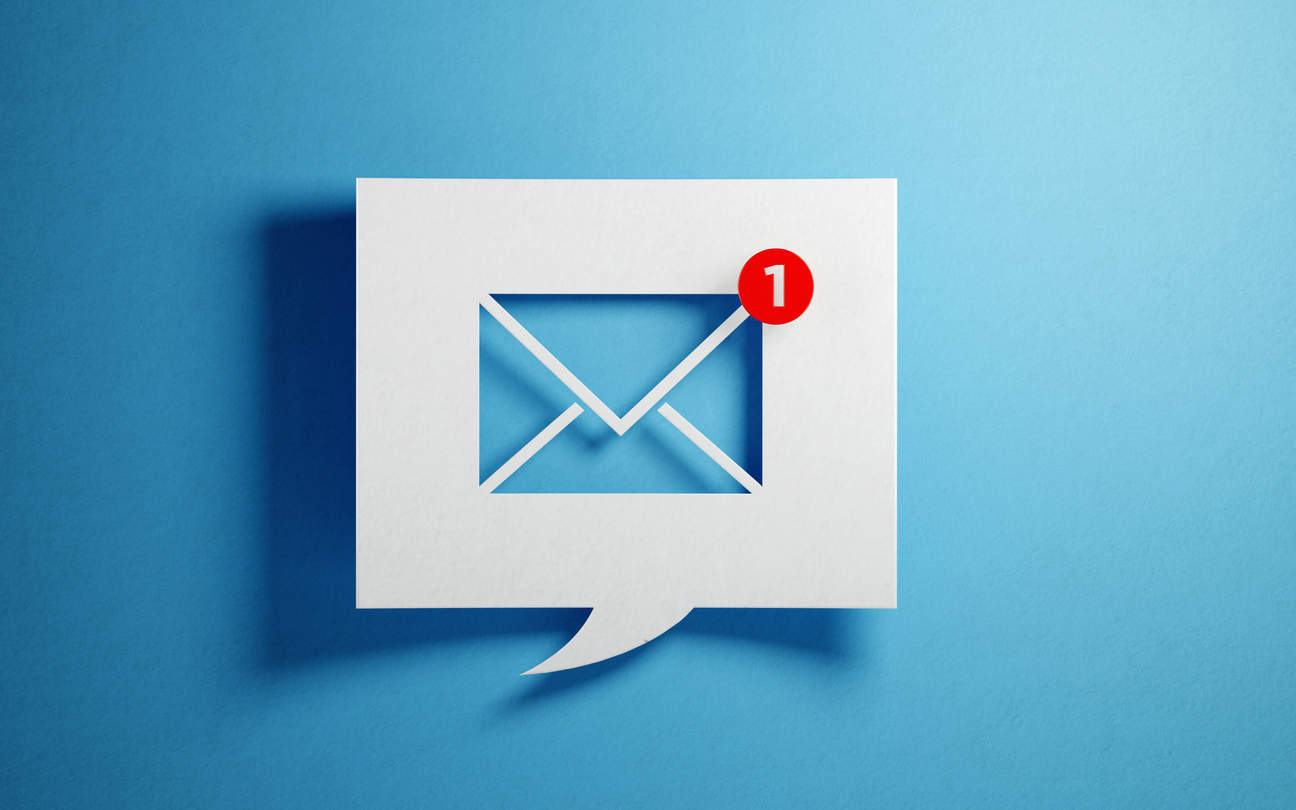
By Conor McGrath
Coronavirus has sent the world spiralling into turmoil, disrupting not just business operations but everyday life for consumers across the globe. We never could have seen it coming. Everyone is now finding themselves in a situation they have never faced before with the majority of people now confined to their homes during the lockdown period.
On the plus side, it’s reignited a sense of community and inspired new means of creativity as people and families learn to cope with this new world order.
Inevitably, the world of retail has changed dramatically; shops and restaurants have closed, people are being more frugal with money and their shopping requirements have changed dramatically. And now that shoppers aren’t wandering down the high street to buy things, retailers need to create a dialogue with customers to ensure that they are getting the best customer experience possible in these unprecedented times.
Ecommerce retailers already play a key role in providing the discovery and inspiration that can’t be achieved in the real world through various online marketing techniques. But with budgets now massively stretched, online pureplay, multichannel and omnichannel retailers are neglecting a core communications channel that already exists but is still hugely untapped.
I’m talking about the emails a customer receives with shipping and delivery updates on the order they have just placed in an online store. They have made the purchase, there is already a connection there, and it’s a key stage in the customer journey where consumers are highly engaged. They are expecting an order confirmation, a dispatch confirmation, as well as pro-active communications to let them know where their parcel is.
As people find themselves with much more spare time on their hands, they are opening and clicking on more emails, even if they are deemed not super important. A recent analysis showed that unique open and click rates only increase with standard communications like dispatch confirmation. Messages that were important before the coronavirus crisis (pro-active comms, pick-up details etc.) don’t change but dispatch confirmation emails have seen an increase of 5% in unique open rates and 6% in unique click rates.

An even more interesting picture forms when you consider total open and click rates in relation to the dispatch confirmation, which increased by 10% on open rates and 13% on click rates. The simple increase is of course significant but an important point here is that an already super high rate is increasing even further – open rates increased from 147% to 163% and click rates from 66% to 75%.
It might not seem an obvious place for marketing communications but what other marketing emails get a 75% click rate?
The current pandemic has severely disrupted delivery operations across all retail sectors. Consumers need to be reassured and retailers need to be pro-active on every touchpoint to reduce the number of customer service enquiries, which are already stretched due to self-isolation measures advised by the government.
The ‘customer experience’ now more than ever involves the ‘operational experience’, as shoppers need to be kept in the loop about the when’s and how’s after they’ve clicked the ‘buy’ button. People who don’t often or may have never shopped online are highly likely to start now, and if they find the experience convenient, well-communicated and stress-free, there’s a strong chance it will become a lifetime habit. In short, this crisis could radically speed up the projected changes we have been expecting in the growth of online purchasing.

By taking control of communication post-purchase, retailers can proactively communicate with customers at each stage of the journey. Sending regular updates via SMS, email and also through WhatsApp and Facebook Messenger means the customer in always in the know about their order, even if it’s delayed. Inform customers in real-time about the status of their order during the shipping process and give them a reason to engage with your brand.
For example, people will be trying activities they don’t usually participate in, either through the necessity of social distancing – cleaning, gardening, cooking, DIY – or to make use of at-home time – learning an instrument, a new artistic craft or game. They will also likely be more open to suggested related items to provide inspiration. Shoppers making purchases related to rusty or new skills will appreciate expert advice and help – videos, how-tos, recipe ideas etc – which can all be an added bonus delivered to them through tailored post-purchase communications.
This feel-good content helps to build a sense of community, which many will be craving. And, if possible, following up initial purchases with a discounting offer on further purchases can make shoppers feel valued and help them out at this financially tricky time.
But even if this isn’t possible, focus on solid fundamentals. Reward loyalty. Communicate clearly and sympathetically. Provide regular updates on customer orders, when it will be delivered and by who. Reassure and guide them on how it will be delivered to keep courier and themselves safe. Acknowledge and apologise for any delays or issues. Show you are supporting key workers and the vulnerable as best you can. And if you really don’t have anything appropriate to sell at this time, consider uplifting and inspiring content. The stats I mentioned before speak for themselves.
The coronavirus pandemic is having a profound impact touching all corners of the world, and almost every industry sector. In such uncertain times, the only advice we must all remind ourselves from both a personal and business view is to ‘Keep calm and carry on’ or, as we would say in this instance for retailers, ‘Keep calm and communicate’.
Now, more than ever, retailers need to take back control of their brand throughout the entire purchase journey – from checkout to shipping and returns – and maintain dialogue with customers through pro-active communications during this time. Getting this right means you’ll be well on the way to building a loyal customer base, and securing new customers, that are more likely to stay with you whenever business returns to normal.
